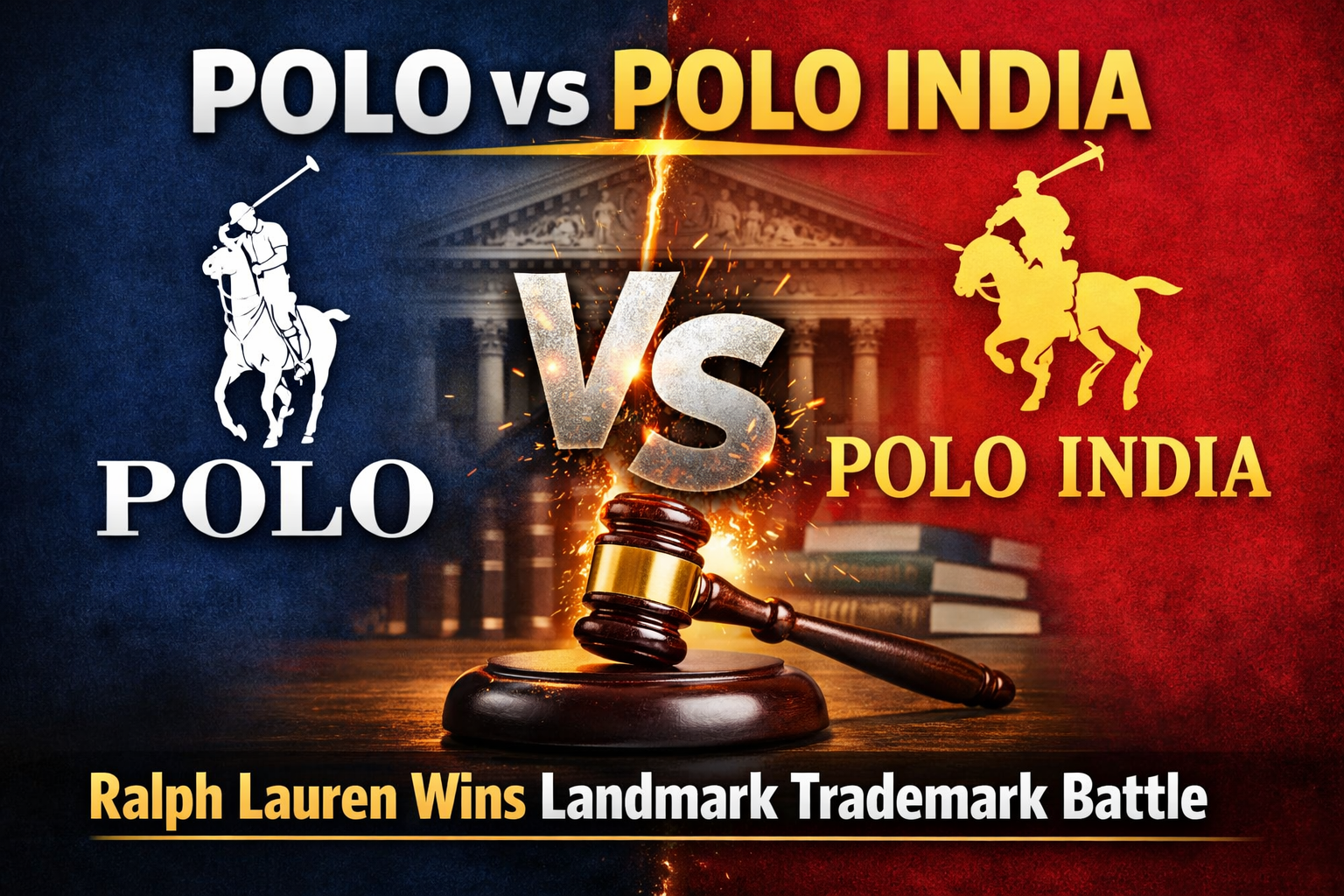Now a day’s Intellectual property holds a major value in mergers and acquisitions for any organization where IP portfolio plays an important role to add on the total net worth in the IP valuation of the organization. Mergers and Acquisitions both are consolidations of the organization. Mergers implies to when two or more organizations collide their forces as one to capture the market without competition whereas Acquisitions means when one organization takes control of another organization, by acquiring majority stakes in the subsidiary organization, taking control over the management of the organization, etc.
Firstly, the major intellectual property issue in mergers and acquisitions is what the meaning of IP valuation is and how it’s done. IP valuation is calculated on the based of wealth of working capital, fixed assets and intangible assets. Where intangible assets are goodwill of the brand in terms of amount paid for a business in excess of the fair value of its identifiable net assets. Moreover, Intangible assets are calculated on the based of customer’s loyalty, well respected business name, strong reputation, calibre, moral of employees and IP assets. The additional amount paid on the net tangible assets by the acquiring company is the actual IP valuation figure. To estimate the IP valuation figure two significant question arise
- Does the IP asset generate measurable amount of economic benefit to the brand?
- Does the valuation of other assets is enhanced by it?
Moreover, transferring of IP assets is a complex job. With effective planning and resources, the buyer and seller can anticipate the issues of sourcing, preparing and collecting documents; IP ownership; open or potential IP disputes and Disclosure Schedules. And the organization should keep in mind major things during merger and acquisitions accordingly
1. Documentation of intellectual property:
Documentation related to all the IP assets so listed in the assignment agreement has to be given foremost importance. It must include all the assets like:
- Trademarks and service marks;
- Registered Patents and its application details like issue date, jurisdiction and publication date etc.;
- Key trade secrets and proprietary know-how;
- Technology licenses acquired or provided;
- Software and databases;
- Domain names;
- Marketing, Advertisement, Publicity and Social media accounts of the company (Twitter, Facebook, LinkedIn, etc.);
- Open-source software used in (or used to create) products and services.
The seller will provide all these documents and details for a better overview of their organizations profile during the merger talks. The buyer should have through study on it to avoid future problems.
2. Developed and Acquired technology falling under IP;
Mainly organizations’ developing new technologies have to keep a close eye on the intellectual property so registered or to be registered under the Organization name. The buyer should do due diligence associated with Confidentiality and Invention Assignment Agreements mainly includes the following:
- Current Agreement should be adequate to convey all IP rights developed by the employee or independent contractor are properly be owned by the seller;
- All employees and contractors involved in creating the seller’s IP should sign such an agreement;
- The buyer also has kept a check on open-source software or incorporate such software into their work in developing products or technology. But the use or incorporation of such open-source software by a seller can lead to ownership, licensing, and compliance issues for a buyer.
The buyer should verify these documents on first hand basis to check if any particular IP invention is kept out or if any of the parties have been left out from the signed the agreement.
3. Representations and Warranties Related to Ownership of IP
When the seller claims ownership of an IP asset, they will need to provide representations and warranties to the buyer in the assignment agreement which serves in two criteria. In case if the seller has misrepresented their ownership of an IP asset than the buyer has a right terminate the agreement. Secondly the seller has to provide an assurance with the responsibility of representation and warranties is effectively transferred to the buyer to avoid future claims from the third party regarding any misrepresentations.
4. IP Related Disputes
The buyer needs to have detailed report of open disputes, past IP disputes if any or any potential disputes which can arise after acquiring the company. The detailed report helps the buyer to anticipate the total valuation including any future IP disputes claim. A significant financial impact is on the buyer and/or seller agreement.
5. Key Disclosure Schedule Issues Concerning IP
Acquisition agreement is accompanied by a disclosure schedule is the setting forth the required disclosures of the seller concerning employee information, outstanding contracts, IP, pending litigation, and much more. A disclosure schedule is critical to ensuring that the seller does not breach its representations and warranties in the acquisition agreement, since the disclosure schedule “qualifies” such representations and warranties. Disclosure schedule is a complex and detailed document that, if not completed correctly, can cause intellectual property issues during and after a sale.




Leave a Reply